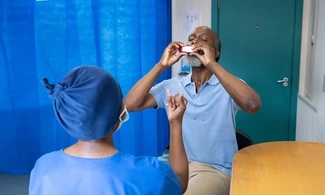Why is asthma research important?
Over 5.4 million people in the UK have asthma, but research shows many people go undiagnosed.
Currently, a diagnosis of asthma is made based on symptoms and lung function tests, which look at how well the larger airways are working. These tests require the person to breathe out as hard and fast as they can, which is tough to do. Asthma symptoms also vary over time, so test results will vary too.
All in all, the current tests are difficult and unreliable. It’s extremely worrying to think how many people could unknowingly be at risk of an asthma attack, without a clear diagnosis. But Professor Murray’s research is helping to change this.
Opening the door to game-changing answers
Professor Murray’s team believes the answers lie in the ‘silent zone’ of the lungs; the small airways that were once impossible to measure. There is now clear evidence to suggest that abnormalities in these small airways are extremely important to diagnosing and treating asthma.
The main aim of Professor Murray’s study is to investigate whether lung function tests in the ‘silent zone’ are more accurate than the traditional large airways tests. To do this, the research team is investigating innovative methods that measure the ‘silent zone’ and only require the patient to breathe in and out normally.
What does this mean for the future?
We hope that this work will lead to new tests that are more reliable, accurate and provide an easier way of making a diagnosis. Which means more people will get the right treatment for their condition, and it could save lives.
Professor Murray’s research is also continuing further, as she looks at developing better tests to help diagnose asthma in young children.
For information about managing your asthma, you can visit our health advice pages.











